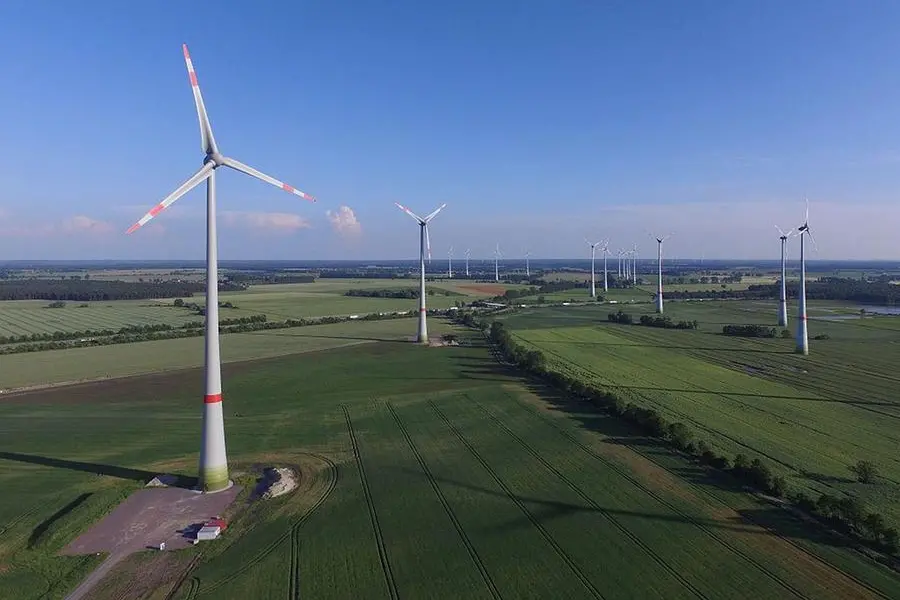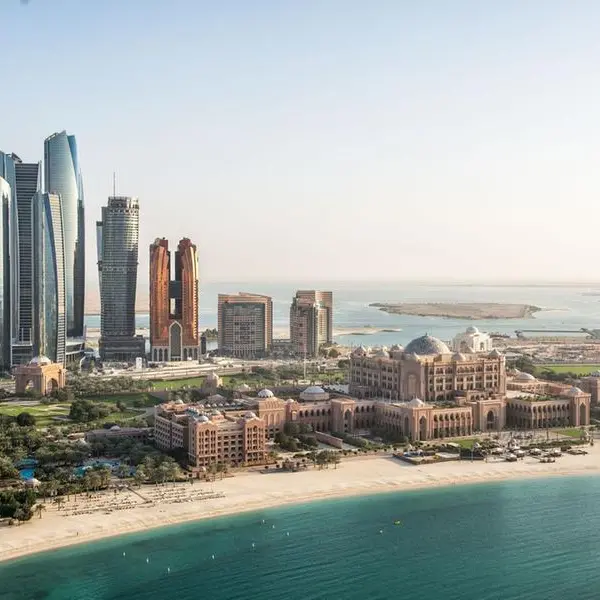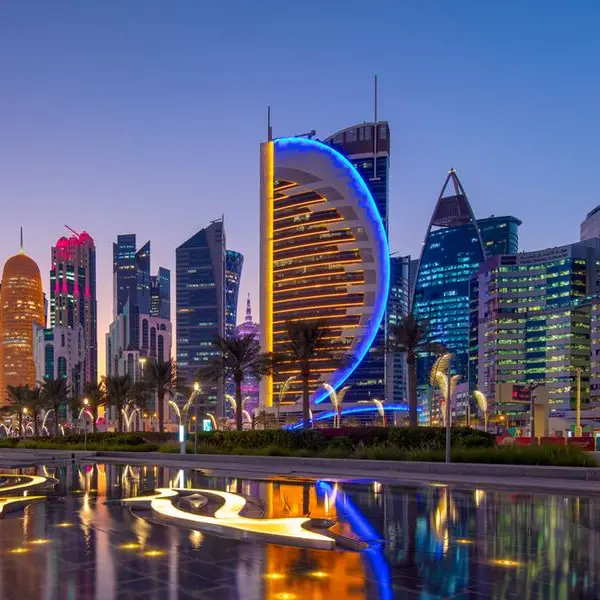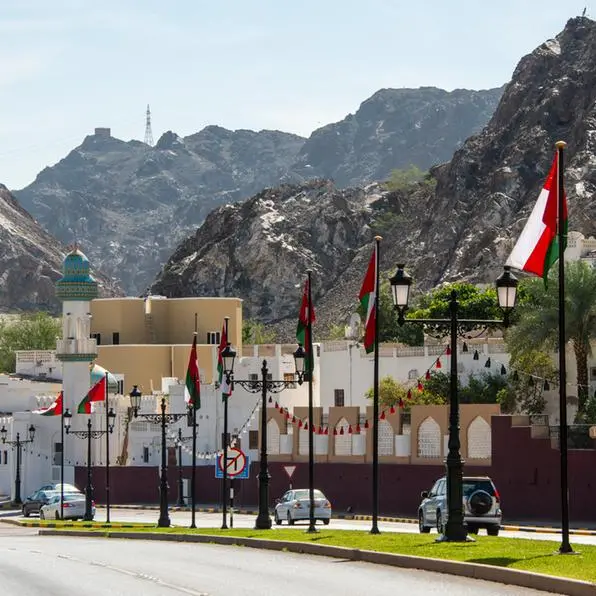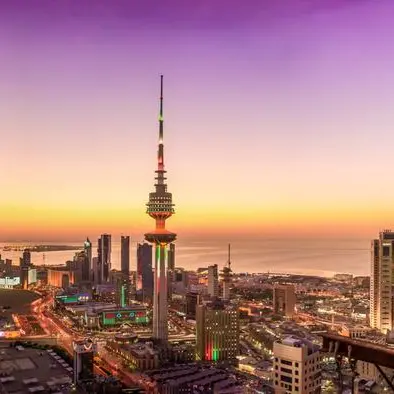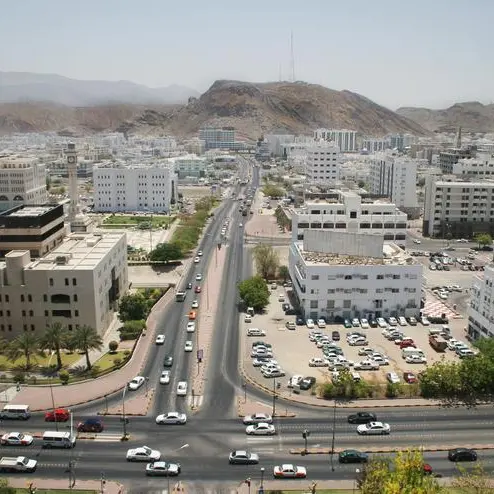PHOTO
Muscat – In line with Oman’s ambitions to become a low-carbon economy and reach net-zero emissions target by 2050, the sultanate’s carbon dioxide (CO2) emissions per capita fell by 16 per cent during the 2015-2020 period, according to a new report.
In the GCC region, Oman recorded the second biggest reduction in per capita emissions from 2015 to 2020, only behind the UAE which managed to reduce its CO2 emissions per capita by 35 per cent during the same period, according to the EY MENA Climate Change Readiness Index report.
The index measures the readiness of the six GCC countries as well as Egypt and Jordan across several criteria, including effectiveness of their adaptation and mitigation strategies and ability to finance and implement these strategies.
Citing the World Bank’s 2019 estimates, the EY report ranked Oman as the ninth biggest generator of carbon emissions per capita in the world. Within the GCC region, however, Oman’s carbon emissions per capita was lowest at 15.3 metric tonnes. This is compared to Qatar’s 32.5 metric tonnes emissions per capita, Kuwait’s 22 metric tonnes, Bahrain’s 20.3 metric tonnes, UAE’s 19.3 metric tonnes and Saudi Arabia’s 15.3 metric tonnes, as per the EY report.
Compared to 2015, the reference year for the Paris Climate Agreement, emissions per capita have fallen in five of the six GCC countries, as shown by the EY report. Qatar saw a small uptick in emissions per capita.
‘Thanks to carbon capture and storage and significant reductions in flaring of natural gas released in oil and gas production, all GCC countries, except Qatar, managed to meaningfully reduce emissions per capita between 2015 and 2020,’ the report noted.
It said the emission reduction numbers may reflect a reduction in economic activity and emissions in 2020 during the COVID-19 pandemic, but these also demonstrate significant progress in reducing carbon emissions by using technology.
‘The Middle Eastern states, particularly GCC members, have moved to tackle flaring, the burning of methane released from oil and gas reservoirs,’ the EY report added.
The report highlights Oman’s National Strategy for Adaptation and Mitigation to Climate Change by 2040 and its exclusive support for sustainability focused startups in the Vision 2040 plan.
‘Oman’s national strategy is intended to be a catalyst to spur local climate action and facilitate the sultanate’s shift from a fossil-fuel based economy,’ the report said.
Oman’s National Energy Strategy 2040 promises a 30 per cent share of renewable energy in the power generation mix by 2030.
‘While Oman does not yet have a market for carbon emissions trading, there are preliminary explorations in the form of introduction of a credit system for energy efficient customers,’ the report added.
Carbon emissions in Oman stand at 95mn tonnes: EA
The volume of carbon emissions in Oman currently stands at 95mn tonnes annually, according to H E Dr Abdullah bin Ali al Omari, Chairman of Environment Authority (EA).
Revealing details of Oman’s progress on its net zero emissions target in an interview with Oman TV on Tuesday, H E Omari said, “The sultanate is working on an organised transition plan to reach carbon neutrality by the year 2050.”
He added that the opportunities for renewable energy in Oman are “very promising, especially with the availability of clean green energy, which is a huge driver for many sectors”.
H E Omari observed that the effect of climate change and pollution crosses borders because the environmental system is one. “For this reason, it is important for everyone shouldering the responsibility, whether individuals, society or institutions, to keep the planet in a state of balance.”
© Apex Press and Publishing Provided by SyndiGate Media Inc. (Syndigate.info).
Desmond
